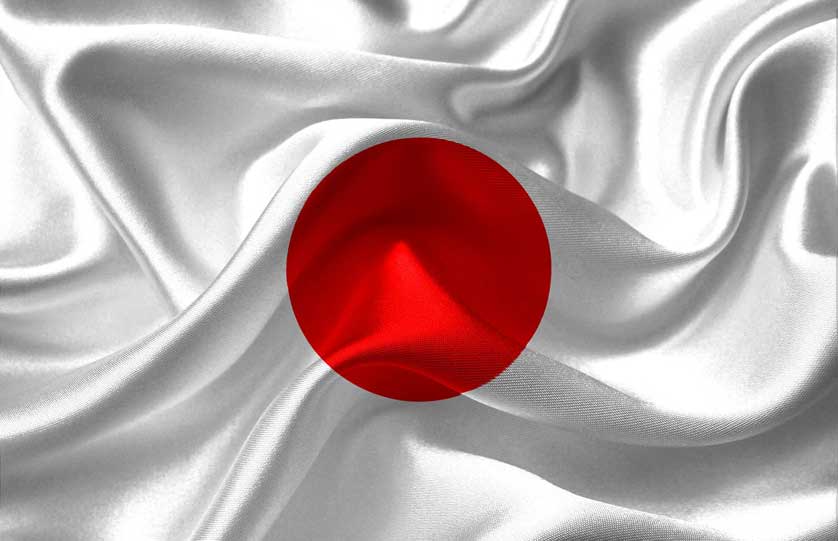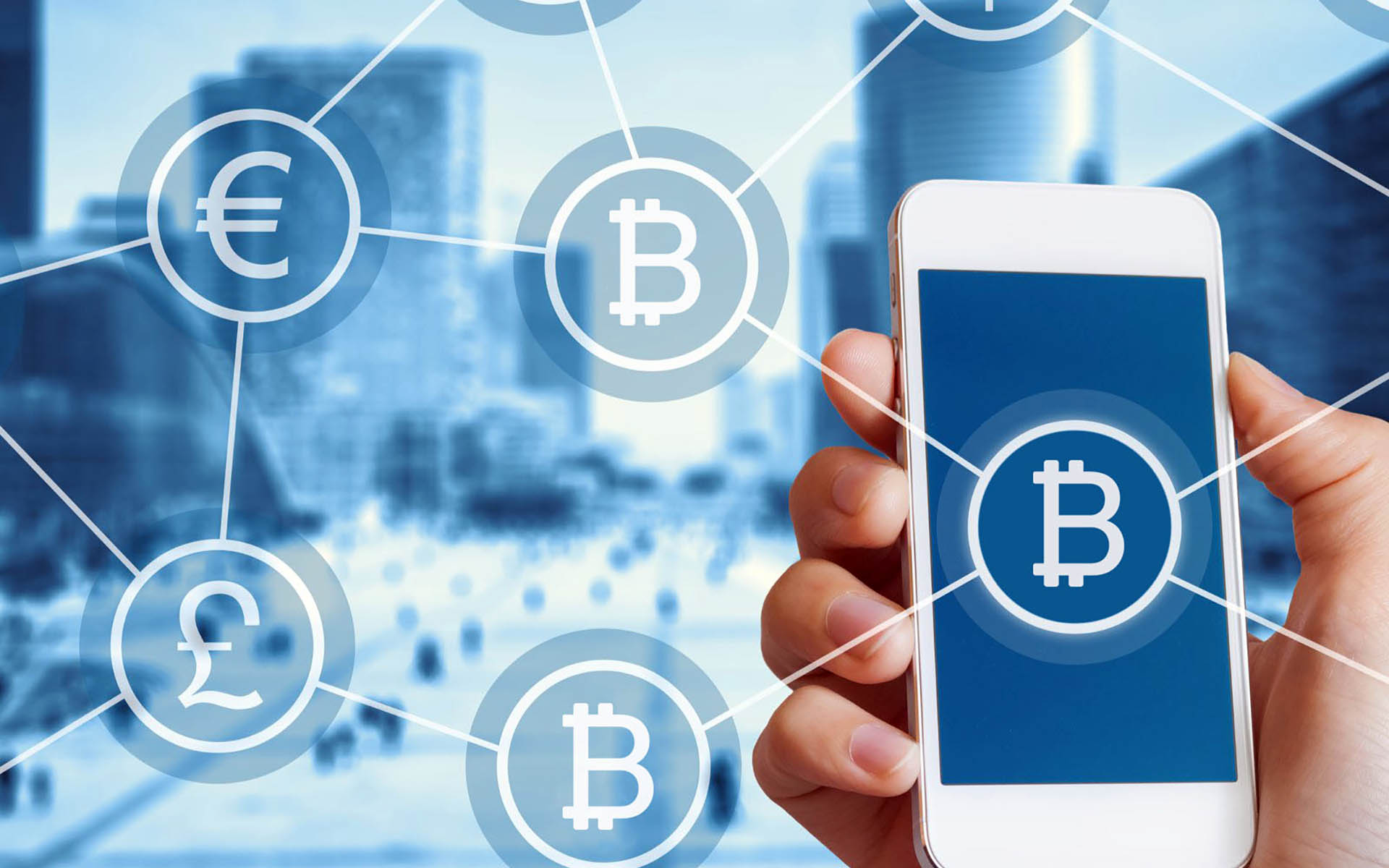Japan was regarded as having one of the most advanced economies, which nonetheless relied on cash for a long time. People all across the world are embracing digital payments more and more, yet wallets full of yen bills and coins are still widespread. But things have changed a lot over the past several years. Japan is currently in a new era of cashless payments, thanks to the rise of mobile wallets, improvements in fintech, and government programs.
Japan's cashless payment rate reached 42.8% by 2024, which was greater than the government's objective of 40% by 2025. This transformation, which is worth ¥141 trillion in transactions, illustrates that the economy and culture are both transforming. But there are still concerns because fintech is changing things, people still want conventional ways, and there are plans for a Central Bank Digital Currency (CBDC).
The Push for Digital Payments and Government Initiatives
The "Cashless Vision" was launched by Japan's Ministry of Economy, Trade, and Industry (METI) in April 2018. The aim was obvious but hard: by 2025, 40% of all transactions should be cashless. Thanks to customer incentives, merchant support programs, and subsidies, the objective was met a year early.
The government also worked to make the payment system better. To speed up digital payments, Japan put up procedures to assist firms in paying their workers electronically by 2023. Surveys reveal that a lot of older individuals still use cash, even with these developments. This means that we need to find a balance between being open to new ideas and being welcoming.
Credit Cards: The Backbone of Japan’s Cashless Payments
It is amazing how many people in Japan use credit cards. Credit cards were the most common means of payment online in 2024, accounting for 83.5% of all digital payments. In 2021, about 70% of adults in Japan owned a credit card. That number had risen to 76% by 2025.
By 2025, the value of Japan's credit and charge card market is predicted to rise by 9.4% to ¥129.6 trillion ($857.3 billion). The value of transactions is predicted to go up from $700 billion in 2025 to approximately $1 trillion in 2030.
But there are still problems. In the past, Japanese banks have not issued as many credit cards as banks in the West. Older individuals are slow to use them, and small companies don't enjoy the large fees that merchants have to pay. People still don't trust each other and commit fraud, which shows how hard it is for people to use products on a broad scale.
Also Read: How E-Commerce Stores Can Accept Stablecoins & Crypto at Checkout
PayPay: The New Star of Mobile Payments
PayPay Japan has become the face of modern mobile payments in Japan, even if credit cards are the best way to pay. PayPay was started by SoftBank and Yahoo Japan in 2018, and it rapidly became the most popular digital wallet in Japan.
- More than two-thirds of Japan's smartphone users, or more than 68 million people, have utilised PayPay by March 2025.
- That number had grown to more than 70 million by July 2025, which is more than half of the overall population.
- PayPay processed 7.8 billion transactions in fiscal year 2024, 380 million of which were remittances.
- It also made up a massive 64% of all barcode and QR code payments in 2024.
By 2022, more than 3.66 million merchants will have started utilising PayPay. This illustrates how popular it is among merchants. In FY2022, the corporation even announced that its transaction volume had exceeded ¥10 trillion.
There are still some issues with PayPal. Patent conflicts and the difficulty of reaching younger demographics put its growth plan to the test. PayPay is still impossible to ignore when 99% of SoftBank employees currently use it for routine purchases.
Japan's Digital Yen Is Here for CBDC Trials
You can't talk about Japanese financial trends without also talking about the Japan CBDC trials. In 2021, the Bank of Japan (BOJ) started testing its digital yen as part of a three-phase plan.
- Phase One (2021–2022): Checking to check if the basic functionalities of CBDC work.
- Phase Two (2022–2023): Test the technology to see if it works.
- Pilot Phase (2023 and later): Putting the system through its paces in real life.
The BOJ hasn't made up its mind about whether or not to issue a CBDC yet, but it is likely to do so by 2026. The central bank argues that any deployment must be carefully managed and discussed in public to protect the banking system from becoming unstable.
Some of the dangers are:
- A chance that money will be taken out of deposits at commercial banks.
- Restrictions on the number of transactions that can be made at once.
- Issues with privacy, safety, and government.
There are still some questions, but the CBDC trial is a big step towards figuring out how digital payments will change in Japan in the future.
Future of Digital Payments in Japan
The next step in Japan's shift will depend on the Bank of Japan's view on CBDC, the role of fintech, and the choice between PayPay and credit cards. Credit cards will undoubtedly still be the most common way to pay for products, but younger and urban people in Japan are starting to use PayPay and other mobile payments more.
This reform lets firms from other countries join Japan's developing cashless culture. Companies that seek to offer merchant solutions, remittance platforms, or cross-border payments need to stay on top of these shifting client needs.
How TransFi Helps Japanese Businesses Move to Cashless Payments
TransFi is a company that provides payment infrastructure to let businesses easily add digital payment options. They are one of the businesses that is making this transformation happen all around the world. TransFi provides a safe approach for businesses to start or grow in the Japanese market. This may involve working with regional wallets like PayPay Japan to make it easier for users to use their cards across borders, or respecting the requirements for planned CBDC trial programs in Japan. TransFi helps organisations remain ahead of the curve by combining old-fashioned finance with new fintech trends, with payment rails that are safe, effective, and easy to scale.
Conclusion
Japan's path to a cashless society has been full of ups and downs. PayPal's fast emergence has transformed how consumers shop, although credit cards are still the most prevalent way to pay online. The Japanese central bank's tests of digital currency are a brave step into the future of money. Japan's payment system is about to become one of the most dynamic in the world as fintech innovation picks up speed and cultural obstacles slowly go away.
Also Read: Stablecoin Regulations 2025: What Businesses Must Know
FAQs:
1. How many payments in Japan are made without cash?
More than the government's aim of 40% by 2025, 42.8% of payments in Japan were made without cash in 2024.
2. What is the most common way to pay online in Japan?
By the middle of 2025, more than 70 million people will use PayPay, making it the most popular mobile payment system. The best way to pay is with a credit card.
3. Will Japan get a digital currency from its central bank?
The Bank of Japan's test program is still going on. By 2026, there will be a definitive decision on whether to issue a digital yen.
4. What is it about cashless payments that makes older Japanese people not want to use them?
A lot of older individuals want cash because they are used to it, trust it, and are frightened of online scams. They also have problems with technology for point-of-sale and digital literacy.
5. What is the Japanese government doing to encourage people to use cashless payments?
The government wants more people to utilise cashless payment methods. It is accomplishing this through programs like "Cashless Vision," which helps merchants get paid faster and gives consumers incentives to use these methods.
Table of Contents
Suggested Article
Explore our products

Make global payments at the speed of a click

Accept payments, remove borders.

Unlock Seamless Digital Currency Transactions Anywhere








.png)














